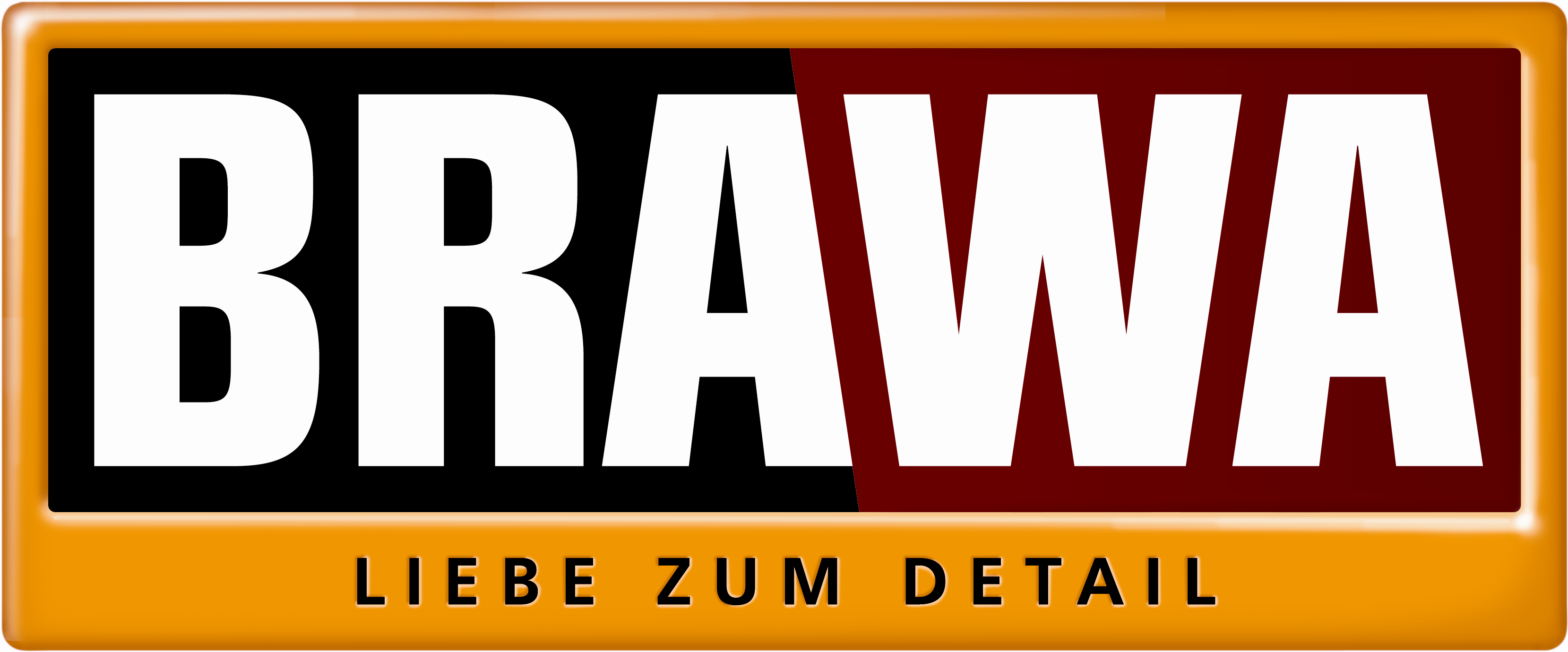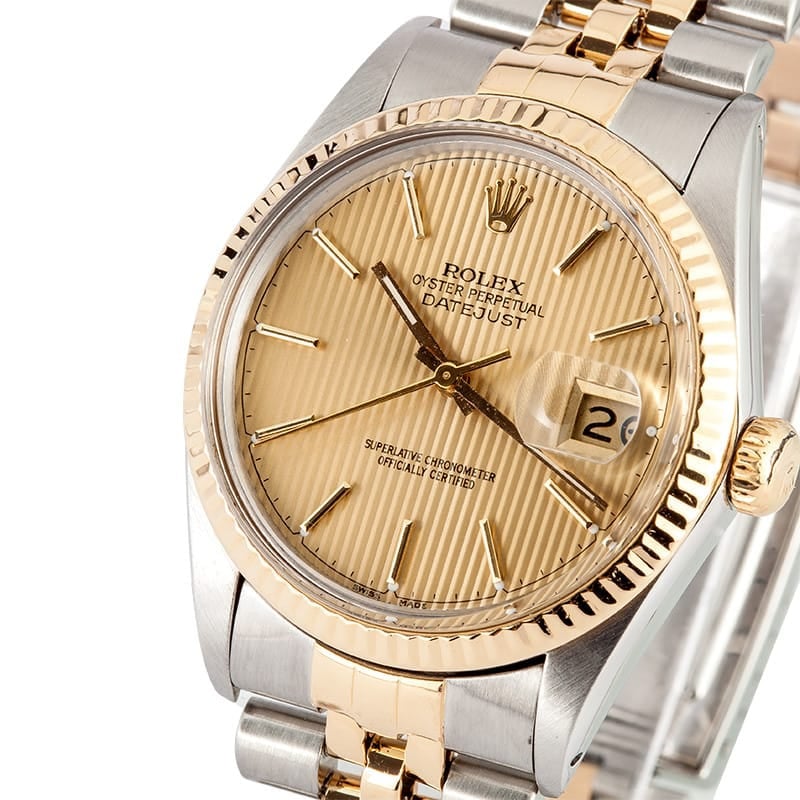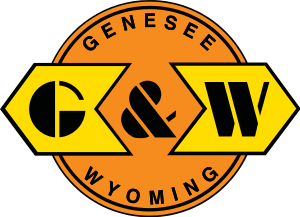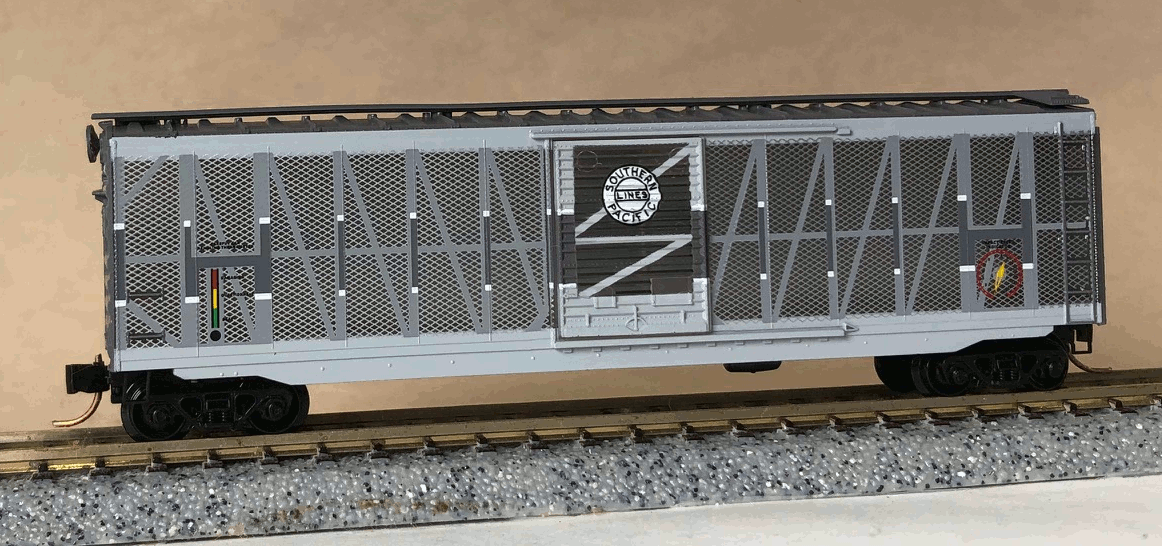Road Name History: 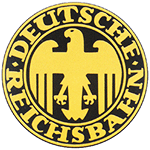 The Deutsche Reichsbahn, also known as the German Reich Railway or the German Imperial Railway, was the name of the German national railway created from the railways of the individual states of the German Empire following the end of World War I.
The Deutsche Reichsbahn, also known as the German Reich Railway or the German Imperial Railway, was the name of the German national railway created from the railways of the individual states of the German Empire following the end of World War I.
The company was founded in 1920 as the Deutsche Reichseisenbahnen when the Weimar Republic, formally known as Deutsches Reich (German Reich, hence the usage of the Reich in the name of the railway), took national control of the German railways, which had previously been run by the German states. In 1924 it was reorganised under the aegis of the Deutsche Reichsbahn-Gesellschaft (DRG), a nominally private railway company, which was 100% owned by the German state. In 1937 the railway was reorganised again as a state authority and given the name Deutsche Reichsbahn (DRB). After the Anschluss in 1938 the DR also took over the Bundesbahn Osterreich (BBO, Federal Railway of Austria).
The East and West German states were founded in 1949. East Germany took over the control of the DR on its territory and continued to use the traditional name Deutsche Reichsbahn, while the railway in West Germany became the Deutsche Bundesbahn (DB, German Federal Railway). The Austrian Osterreichische Bundesbahnen (OBB, Austrian Federal Railways) was founded in 1945, and was given its present name in 1947.
In January 1994, following the German union, the East German Deutsche Reichsbahn merged with the West German Deutsche Bundesbahn to form Germany's new national carrier, Deutsche Bahn AG, technically no longer a government agency but still a 100% state-owned joint stock company.

The company was founded in 1920 as the Deutsche Reichseisenbahnen when the Weimar Republic, formally known as Deutsches Reich (German Reich, hence the usage of the Reich in the name of the railway), took national control of the German railways, which had previously been run by the German states. In 1924 it was reorganised under the aegis of the Deutsche Reichsbahn-Gesellschaft (DRG), a nominally private railway company, which was 100% owned by the German state. In 1937 the railway was reorganised again as a state authority and given the name Deutsche Reichsbahn (DRB). After the Anschluss in 1938 the DR also took over the Bundesbahn Osterreich (BBO, Federal Railway of Austria).
The East and West German states were founded in 1949. East Germany took over the control of the DR on its territory and continued to use the traditional name Deutsche Reichsbahn, while the railway in West Germany became the Deutsche Bundesbahn (DB, German Federal Railway). The Austrian Osterreichische Bundesbahnen (OBB, Austrian Federal Railways) was founded in 1945, and was given its present name in 1947.
In January 1994, following the German union, the East German Deutsche Reichsbahn merged with the West German Deutsche Bundesbahn to form Germany's new national carrier, Deutsche Bahn AG, technically no longer a government agency but still a 100% state-owned joint stock company.
Brand/Importer Information: Brawa Artur Braun Modellspielwarenfabrik GmbH & Co. was founded in 1948 by Artur Braun in Waiblingen, Germany, to distribute model trains from other toy makers; eventually they began to manufacture their own lighting accessories such as streetlights and signals. In 1963 they acquired the complete line of motorized trolleybus and ski lift models from Eheim. They also began to expand their own line to include scenery items, and by 1993 they'd added locomotives and rolling stock to their product range. This medium-sized business is today jointly managed by the second and third generations of the Braun family: Günter Braun, son of the founder, and his daughter Katrin Braun are the company's managing partners.
Brawa range covers HO, O and N scales. The N scale range is focused on European rolling-stock, German locomotives and accessories like signals, streetlights, clocks and telephone booths.
Here is how the company describes itself:
At BRAWA, continuity and sustainable thinking and action - as the particular strengths of a family business - have a double impact. Changes are carefully considered and strategic decisions taken on the basis of a long-term vision, thus enabling the company to respond quickly and deliberately to the demands of the market. In addition, cross-generation collaboration ensures a vibrant coexistence of tradition and innovation.
In short, our future course is set and all signals are pointing towards continuity and growth. Our presence at our site in Remshalden shows our commitment to this area and highlights the sustainable nature of our company's location in the region. Sustainability is, as it were, an intrinsic value of our family business.
Brawa range covers HO, O and N scales. The N scale range is focused on European rolling-stock, German locomotives and accessories like signals, streetlights, clocks and telephone booths.
Here is how the company describes itself:
At BRAWA, continuity and sustainable thinking and action - as the particular strengths of a family business - have a double impact. Changes are carefully considered and strategic decisions taken on the basis of a long-term vision, thus enabling the company to respond quickly and deliberately to the demands of the market. In addition, cross-generation collaboration ensures a vibrant coexistence of tradition and innovation.
In short, our future course is set and all signals are pointing towards continuity and growth. Our presence at our site in Remshalden shows our commitment to this area and highlights the sustainable nature of our company's location in the region. Sustainability is, as it were, an intrinsic value of our family business.
Item created by: CNW400 on 2023-07-31 10:52:21
If you see errors or missing data in this entry, please feel free to log in and edit it. Anyone with a Gmail account can log in instantly.
If you see errors or missing data in this entry, please feel free to log in and edit it. Anyone with a Gmail account can log in instantly.



